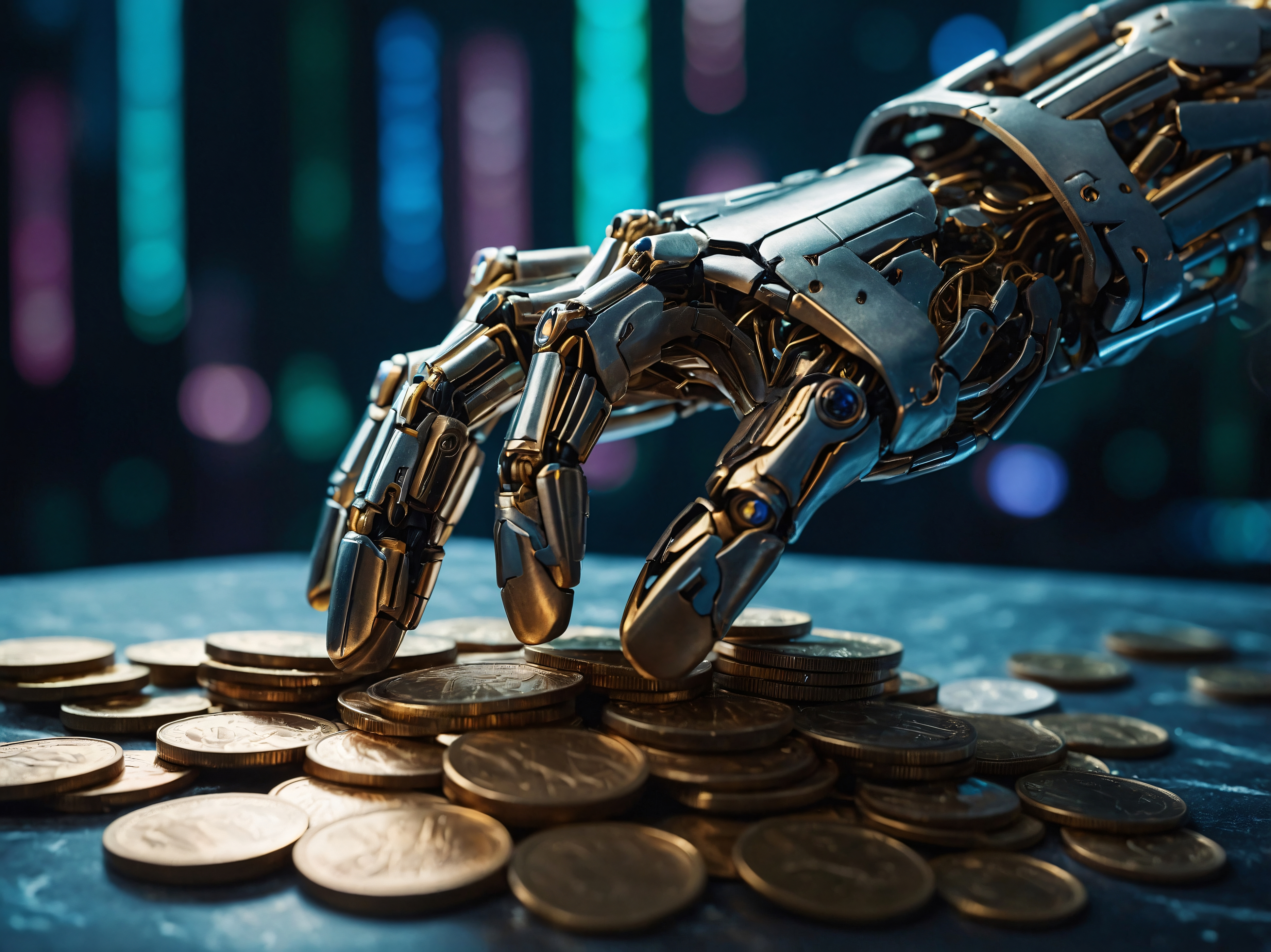AI has pushed customer support into a new era, where anticipation replaces reaction. SAP has built a proactive model that predicts issues, prevents failures and keeps critical systems running smoothly instead of relying on queues and manual intervention.
Major sales events, such as Cyber Week and Singles Day, demonstrated the impact of this shift, with uninterrupted service and significant growth in transaction volumes and order numbers.
Self-service now resolves most issues before they reach an engineer, as structured knowledge supports AI agents that respond instantly with a confidence level that matches human performance.
Tools such as the Auto Response Agent and Incident Solution Matching enable customers to retrieve solutions without having to search through lengthy documentation.
SAP has also prepared organisations scaling AI by offering support systems tailored for early deployment.
Engineers have benefited from AI as much as customers. Routine tasks are handled automatically, allowing experts to focus on problems that demand insight instead of administration.
Language optimisation, routing suggestions, and automatic error categorisation support faster and more accurate resolutions. SAP validates every AI tool internally before release, which it views as a safeguard for responsible adoption.
The company maintains that AI will augment staff rather than replace them. Creative and analytical work becomes increasingly important as automation handles repetitive tasks, and new roles emerge in areas such as AI training and data stewardship.
SAP argues that progress relies on a balanced relationship between human judgement and machine intelligence, strengthened by partnerships that turn enterprise data into measurable outcomes.
Would you like to learn more about AI, tech and digital diplomacy? If so, ask our Diplo chatbot!










